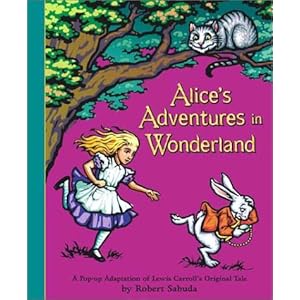Define Symbolism:
| Look up symbolism in Wiktionary, the free dictionary. |
 Symbolism is the practice of representing things by symbols, or of investing things with a symbolic meaning or character.[1] A symbol is an object, action, or idea that represents something other than itself, often of a more abstract nature.
Symbolism is the practice of representing things by symbols, or of investing things with a symbolic meaning or character.[1] A symbol is an object, action, or idea that represents something other than itself, often of a more abstract nature.Link: Symbolism
Define Imagery:
Imagery, in a literary text, occurs when an author uses an object that is not really there, in order to create a comparison between one that is, usually evoking a more meaningful visual experience for the reader.[1] It is useful as it allows an author to add depth and understanding to his work, like a sculptor adding layer and layer to his statue, building it up into a beautiful work of art.
Link: Imagery
Discuss three different uses of symbolism and imagery in the book, "Fahrenheit 451." Post a picture of this image with each description.
Fire:
Fire is an interesting symbol in Fahrenheit 451 because it symbolizes two different things. Through the firemen, who burn books and wear the number “451” on their helmets, fire symbolizes destruction. (451°F is the temperature at which paper and books burn.) Yet at the same time, Clarisse reminds Montag of candle-light, and so fire, when controlled, symbolizes the flickering of self-awareness and knowledge.
Link: Fahrenheit 451
The Phoenix
The mythologies of many Mediterranean cultures include the story of the phoenix, a bird that is consumed by flames but then rises from the ashes. The phoenix is a symbol for renewal, for life that follows death in a cleansing fire. After the city is reduced to ashes by bombers in Fahrenheit 451, Granger makes a direct comparison between human beings and the story of the phoenix. Both destroy themselves in fire. Both start again amid the ashes. If people keep books—which preserve the past and allow people to learn the lessons of prior tragedies—Granger hopes that humanity will remember the suffering caused by destruction, and will avoid destroying itself in the future.
The Hearth and the Salamander
“The Hearth and the Salamander” is the title of the first section of Fahrenheit 451. Both hearths and salamanders are associated with fire. Hearths (fireplaces) are traditionally the center of the home and the source of warmth. The firemen wear salamander imagery on their uniforms and call their fire truck a “salamander” because salamanders were once believed to live in fire without being consumed by it.

























